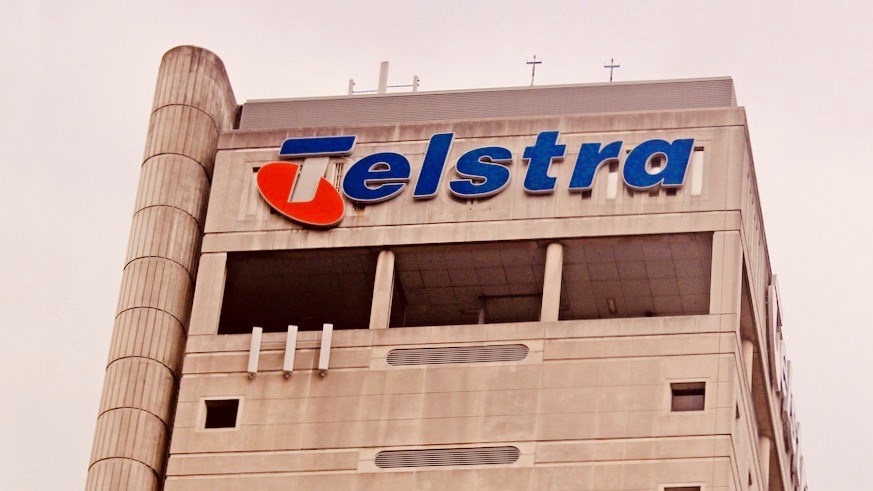The Telstra Enterprise division comprises its Data & Connectivity services and its Network Applications and Services (NAS) portfolio. For the first half of the current financial year (up to 31 December 2023), Telstra reported an overall 1.2% increase in revenues to $11.7bn (US$7.8bn) but the fixed line enterprise services business reported a 2.3% year-on-year dip in sales to $1.73bn (US$1.15bn) and the division’s earnings dropped by 67% to just $71m (US$47m): At the time of the results presentation, in mid-February, Telstra CEO Vicky Brady noted that while “Data & Connectivity is performing as expected… NAS is clearly a long way from where we need it to be.”
That NAS portfolio includes a lot of legacy voice services for which demand is declining rapidly as business customers switch to digital services, while the professional services part of the unit is also shrinking, though the NAS portfolio does also include managed security and cloud services, for which sales are climbing due to partnerships with Amazon Web Services (AWS) and Microsoft Azure.
It’s the legacy services that are taking the hit. During a conference call to discuss the cuts, Telstra CEO Vicky Brady noted: “We can see advantages now in really simplifying that product set… we would expect to simplify that down by two-thirds of the products we have for our Network Applications and Services. Some of the areas where we do think we’ve got differentiation, and a strong right to compete and win in the future, are in areas like cloud… AI and cybersecurity. So as we look over the medium to long term of our enterprise business, there is real strength and opportunity there… We want to make sure we’re really focused on profitable NAS products and business. And that comes down to where we can differentiate. That also means bringing our cost structure in line with the demand and revenue.”
The telco’s CFO, Michael Ackland, added: “There’s a focus on exiting and migrating out of those legacy products on to growth products. [Voice] calling is a great example where we’re moving out. There’s also a tail of small products that we would look to exit, that just take noise and cost out of the system over time. And probably trying to get less of a focus on pure technology reselling, and into managed technology services that are sovereign, secure and mission critical and managed by Telstra.”
Brady also gave the broader business and strategic perspective behind the cuts.
“The measures announced today are difficult but they are necessary. We need to be a more efficient and sustainable business to ensure we can continue to make the investments needed to support the ever increasing growth in data volumes on our networks, and deliver improved connectivity for customers across the country. Ongoing investment in infrastructure, technology, innovation and service for our customers, drives growth and underpins Australia’s digital economy, contributing to the prosperity of the nation. This is occurring within a dynamic environment, with an evolving competitive landscape, rapid advances in technology, changing customer needs, and the ongoing inflationary pressures all businesses are facing.”
Telstra expects costs associated with the workforce and portfolio reduction to total up to $250m (US$167m) during the current financial year (ending June) and the following financial year that ends in June 2025, which is when Telstra will come to the end of its T25 strategy period and introduce a new corporate plan. The company says it has made “good progress” on T25 and that the strategy beyond “will build on the momentum created over recent years and help set the organisation up for success through to 2030.”
The news clearly spooked investors as Telstra’s share price on the ASX dipped by 2.7% to AUS$3.57 by the close of trading on Tuesday.
– Ray Le Maistre, Editorial Director, TelecomTV

